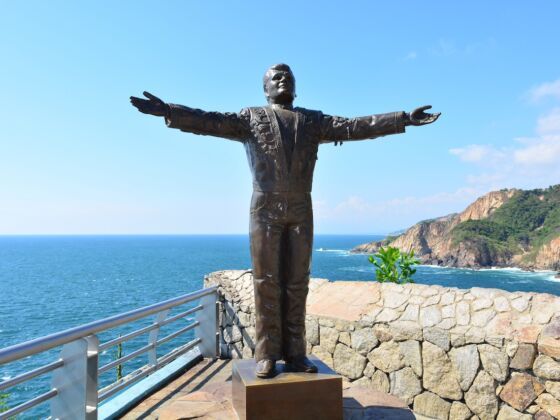SOMETHING SHOOK THE WORLD OF MUSIC on Sept. 9. After 26 weeks of supremacy, Justin Bieber was thrown from the Youtube throne as the most listened and viewed musician on the internet and Mexican singer-songwriter Juan Gabriel took his place. Gabriel’s videos experienced a 600 percent increase, reaching a total viewership of 316 million people.
Just a week prior, a heart attack ended Gabriel’s life on August 28, submerging Mexico and its citizens abroad into profound mourning. In the following few weeks, the Mexican media was flooded with information about “El Divo de Juarez.” As a recent Mexican resident, I didn’t know about Juan Gabriel until his death. And through all of the unavoidable media bombarding, I learned that he was an icon of Mexican culture, one of the most famous and loved Mexican singers, composers, music producers, and actors in the history of this country.
